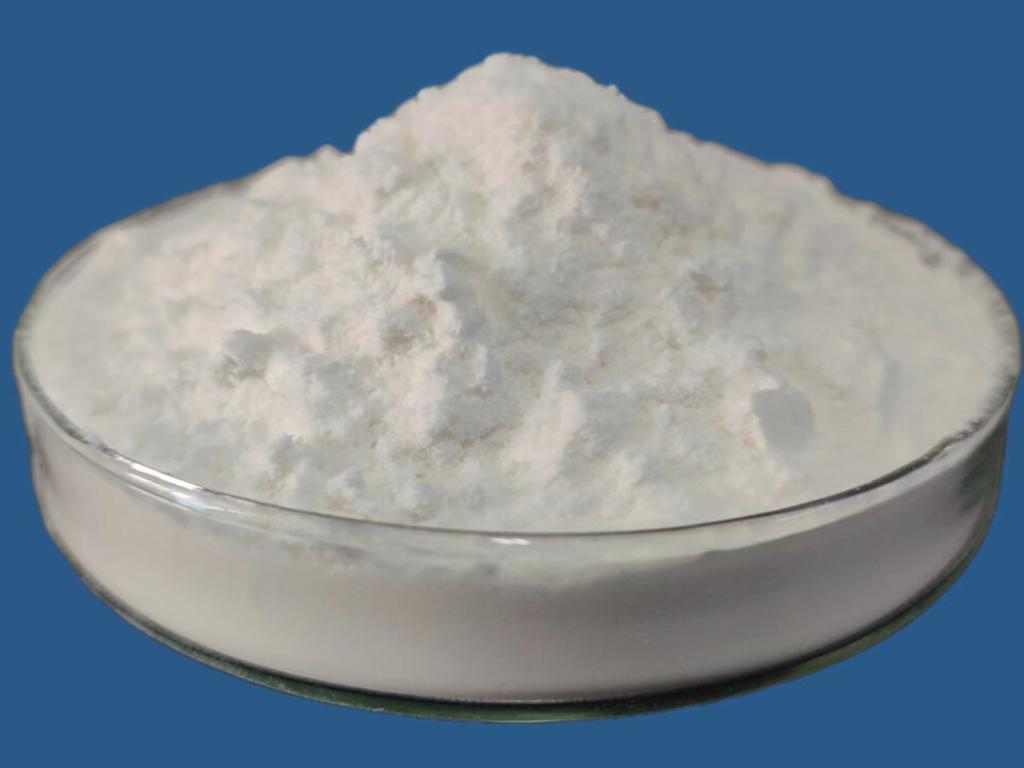Tel:+8618231198596

News
 CONTACT
CONTACT
 CONTACT
CONTACT
- Linkman:Linda Yao
- Tel: +8618231198596
- Email:linda.yao@dcpharma.cn
- Linkman:CHARLES.WANG
- Department:Overseas
- Tel: 0086 0311-85537378 0086 0311-85539701
News
ε-Polylysine Hydrochloride Application Spoilage in Dairy Products.
TIME:2023-11-02
Section 1: ε-Polylysine Hydrochloride - An Introduction
1.1 Origin and Production
ε-Polylysine is a biopolymer composed of lysine residues linked together by peptide bonds. It is naturally produced through the fermentation of specific strains of Streptomyces species. ε-Polylysine hydrochloride is the water-soluble salt form of ε-Polylysine, which is commonly used as an antimicrobial agent in various food products, including dairy items.
1.2 Mechanisms of Action
The primary function of ε-Polylysine hydrochloride is to inhibit the growth of microorganisms in food products. Its antimicrobial activity is attributed to its ability to disrupt the cell membranes of bacteria and yeasts, leading to cell death. This mechanism of action makes it an effective natural preservative against spoilage and pathogenic microorganisms.
Section 2: Applications in Dairy Products
2.1 Cheese
Cheese, a diverse and cherished dairy product, is highly susceptible to microbial spoilage. ε-Polylysine hydrochloride has found applications in cheese production to extend its shelf life, enhance its safety, and preserve its quality. By inhibiting the growth of spoilage bacteria and molds, it ensures that cheese retains its desirable characteristics over a longer period.
2.2 Yogurt
Yogurt, another popular dairy product, can be vulnerable to spoilage due to the activity of undesirable microorganisms. The application of ε-Polylysine hydrochloride helps control spoilage and improves the safety of yogurt, ensuring that it remains fresh for an extended duration.
2.3 Milk and Cream
Milk and cream, used in a variety of applications, are prone to microbial contamination. ε-Polylysine hydrochloride is employed to prevent microbial growth, extending the shelf life of these dairy products and ensuring their safety for consumption.
2.4 Dairy-Based Desserts
Dairy-based desserts, including puddings and custards, can also benefit from the use of ε-Polylysine hydrochloride to prevent spoilage microorganisms from compromising their quality and safety.
2.5 Butter and Ghee
Butter and ghee, known for their flavor and aroma, can be vulnerable to spoilage. By incorporating ε-Polylysine hydrochloride, manufacturers can extend the shelf life of these dairy products while preserving their sensory attributes.
Section 3: Benefits of ε-Polylysine Hydrochloride
3.1 Natural and Safe Preservation
One of the primary benefits of using ε-Polylysine hydrochloride in dairy products is its natural origin. Derived from microbial fermentation, it is considered safe for consumption and aligns with consumer preferences for clean-label products.
3.2 Extended Shelf Life
The incorporation of ε-Polylysine hydrochloride in dairy products results in an extended shelf life. This not only reduces food waste but also supports sustainability efforts within the dairy industry.
3.3 Improved Quality
ε-Polylysine hydrochloride helps maintain the quality of dairy products by preventing mold growth and spoilage, which can lead to changes in taste, texture, and appearance.
3.4 Reduced Synthetic Additives
By utilizing ε-Polylysine hydrochloride, manufacturers can reduce their reliance on synthetic preservatives and additives, aligning with the trend for cleaner and more transparent ingredient lists.
Section 4: Regulatory Considerations
4.1 FDA Approval
ε-Polylysine hydrochloride has received Generally Recognized as Safe (GRAS) status from the U.S. Food and Drug Administration (FDA) for its use as a food preservative. This regulatory endorsement confirms its safety and suitability for dairy products and other food items.
4.2 Maximum Permissible Levels
Regulatory authorities specify maximum permissible levels of ε-Polylysine hydrochloride in different food products to ensure its safe and appropriate use. Adherence to these guidelines is essential for dairy manufacturers to remain compliant with regulations.
Section 5: Future Prospects and Ongoing Research
5.1 Synergistic Effects
Ongoing research explores the potential for synergistic effects by combining ε-Polylysine hydrochloride with other natural preservatives or antimicrobial agents. These combinations aim to enhance the efficacy of ε-Polylysine and expand its applications in dairy products.
5.2 Encapsulation and Controlled Release
Researchers are investigating encapsulation techniques to improve the stability and controlled release of ε-Polylysine hydrochloride in dairy products. These advancements can enhance its effectiveness in microbial control and preservation.
5.3 Sustainability
Given the increasing demand for sustainable food production, ε-Polylysine hydrochloride's natural origin and eco-friendly production processes position it as a sustainable alternative to synthetic preservatives. Future developments may focus on further improving its sustainability.
Conclusion
ε-Polylysine hydrochloride, as a natural antimicrobial agent, plays a pivotal role in enhancing the quality and safety of dairy products. Its safety, versatility, and potential for synergy with other preservation methods make it a valuable asset for the dairy industry. As the industry continues to evolve, the use of ε-Polylysine hydrochloride is likely to become even more integral in preserving food while meeting consumer demands for safety, quality, and sustainability. Ongoing research and advancements are expected to further enhance its applications and effectiveness in the world of dairy products.
- Tel:+8618231198596
- Whatsapp:18231198596
- Chat With Skype







